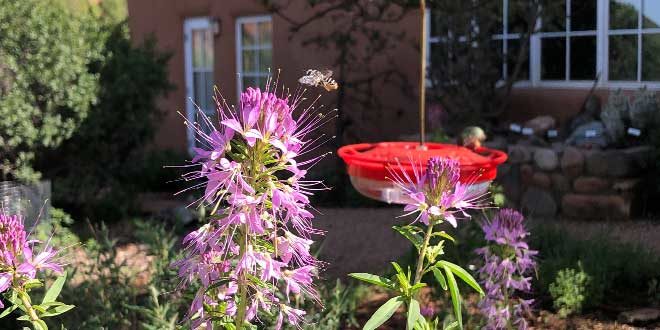What are the key elements of an animal’s “habitat,” and how can you make your own backyard more appealing to wildlife? What is an ideal habitat for different animals that live in New Mexico?
In spring 2022, Audubon Southwest used Share with Wildlife funds to implement environmental education programs that address these questions and more. The programs engaged third- and fourth-grade students from Santa Fe Public Schools. Audubon transitioned from virtual programming in 2021 back to delivering its multi-lesson Outdoor Field Science curriculum. Education programs were held both in-person at schools and over the course of two field trips to the Randall Davey Audubon Center (RDAC) and associated wildlife sanctuary in northern Santa Fe. This science curriculum focused on New Mexico wildlife; their habitats, biology and conservation; and scientific observation with an emphasis on piñon-juniper habitats and the birds that live in them, such as the pinyon jay.
Audubon Southwest gave students an opportunity to explore and make observations of wildlife habitat elements in the pollinator-friendly gardens of the educational facility at RDAC and along a hiking trail that leads from the facility through both piñon-juniper woodland and ponderosa pine forest. Students were able to observe many birds feeding in the garden and make note of all wildlife signs as they hiked through the wildlife sanctuary. They learned about fundamental ecological and biological concepts, including food webs, habitats, and animal anatomy and adaptations. They had an opportunity to learn how to look for birds and observe their behavior using binoculars. They also got to see the different ways in which human-dominated and natural environments can provide key resources needed by all animals.
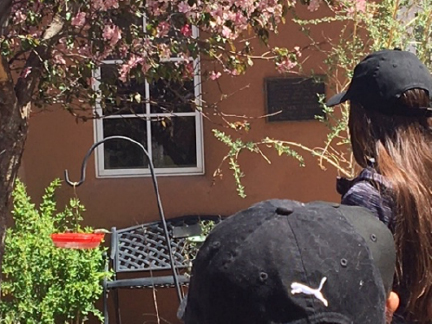
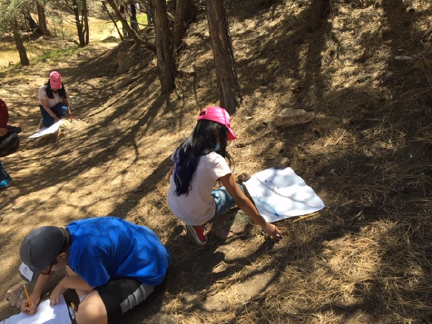
“Audubon’s Outdoor Field Science program provides important opportunities for students and teachers to connect with their local environment, as well as brainstorm ways they can promote conservation at home,” says Katie Weeks, Audubon Southwest’s director of community education. “One of the key messages of our program is emphasizing nature out in places like the Randall Davey Audubon Center, but also right in the schoolyard or your neighborhood. We can all do our part to help conserve birds, wherever we are.”
During the habitat-focused field trip, students learned about the concept of a habitat, marked habitat elements in the pollinator-friendly garden for a species of their choosing and drew a “dream” habitat for that same species. Students shared their drawings and were able to consider what could be done to improve the habitat in their backyard for wildlife. During the adaptation-focused field trip, students learned about adaptations, learned about why birds build nests and what they use to build them, and built a bird nest using materials they found in the wildlife sanctuary.
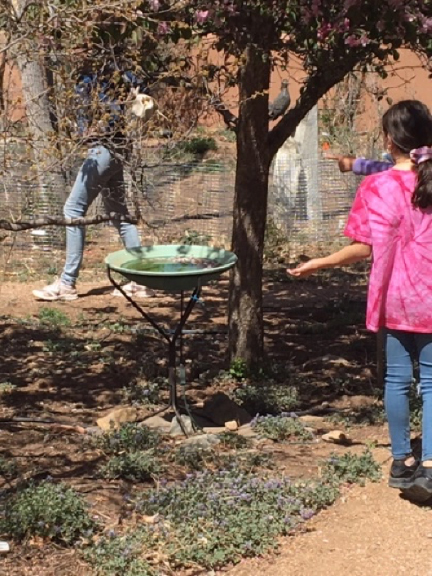
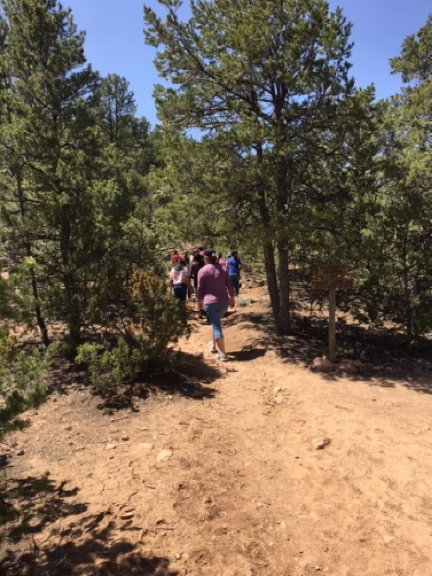
“The Share With Wildlife funding has been essential to providing hundreds of Santa Fe Public School students with these outdoor, hands-on experiences. This partnership with NMDGF has also allowed us to be flexible and adjust our offerings to best meet the needs of our community during a time of continual change and adjustment,” says Weeks.
Audubon Southwest continues to offer distance learning materials on its website and is able to adapt its wildlife-related educational materials as needed to the evolving educational landscape in New Mexico.
 New Mexico Wildlife magazine Conserving New Mexico's Wildlife for Future Generations
New Mexico Wildlife magazine Conserving New Mexico's Wildlife for Future Generations
